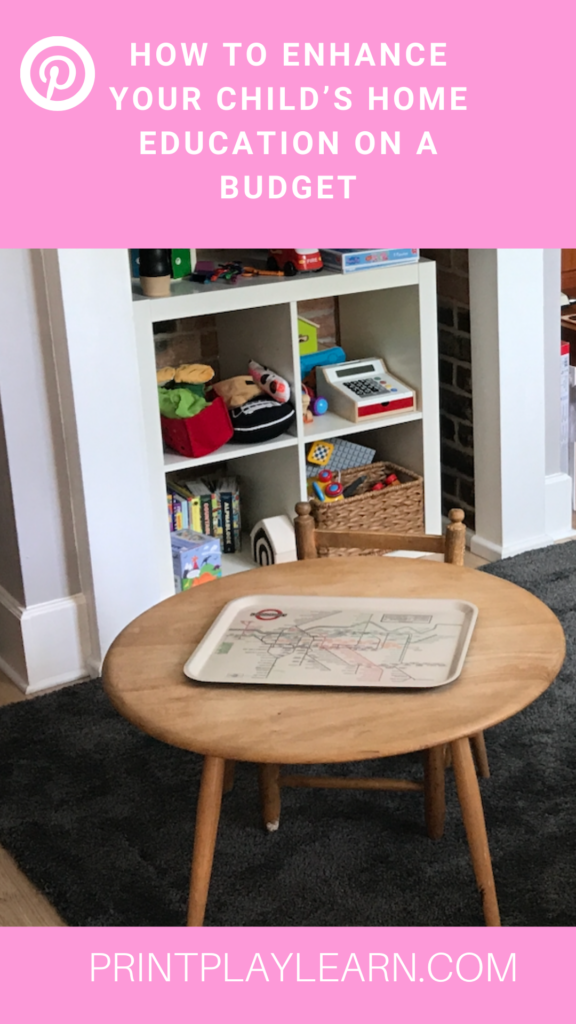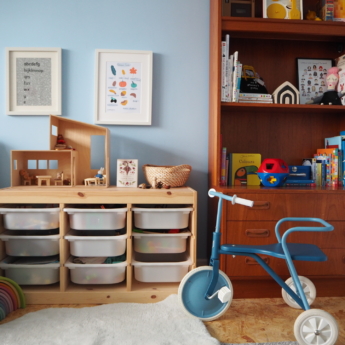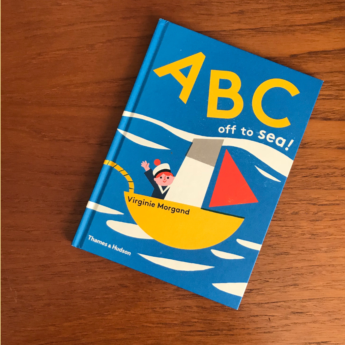How to Enhance Your Child’s Home Education on a Budget
Despite many parents’ fears, while there are some additional costs, home education doesn’t need to be expensive. With the right mindset, it’s possible to keep costs down and enhance your child’s learning experiences without breaking the bank. Here’s how:
1. Embrace Unschooling
Unschooling is like a canvas for frugal learning. A term coined by educator and author John Holt in the 1970s, it’s a philosophy that takes a massive shift from traditional education paradigms. It is rooted in the belief that children are natural learners who thrive when given the autonomy to pursue their interests and curiosities. With unschooling, there’s no structured curriculum or fixed timetable. Instead, value is placed on real-world experiences, self-directed learning, and the idea that knowledge is acquired best when it aligns with a child’s intrinsic motivations.
Unschooling helps you see the learning value in daily activities – from grocery trips and cooking to dental appointments, or Lego building to painting, or running their own YouTube channel. There’s really no activity that doesn’t offer some skill-building or knowledge. Which means you don’t need textbooks or workbooks, unless your child really wants them!
For an interesting read on letting our children take the lead with their learning, you might like “Free to Learn” by Peter Gray.
2. Make the most out of your local library
Libraries are completely underrated! A great place to help your child dive into a sea of books on various subjects, they’re a great place to go to tailor your child’s education to their interests without spending anything.
Many libraries also host free workshops, adding an interactive layer to your home education. Local museums and art galleries are another place to look out for similar opportunities.
3. Discover nature’s classroom
Mother Nature offers a bounty of lessons at no cost. Take your learning opportunities outdoors, exploring local parks, nature reserves, or your back garden. You could engage in activities like bird watching and plant identification for a hands-on biology lesson, for example. Or take your art or writing supplies outdoors to creatively express what you find.
If you’d like nature-based learning ideas, you could try our other articles:
- 5 Ways To Help Your Little One Learn With A Woodland Walk
- 10 Easy Winter Activity Ideas For Early Years Children
- 7 Natural Autumn Play Resources & How To Use Them
4. Build community
Building a home ed community is one of the most important factors in helping your family thrive and a brilliant way to reduce costs. When you have others ‘in it’ with you, you have the opportunity to share resources, share lifts, childcare, and knowledge to significantly enrich your child’s educational experience without having to dramatically increase expenses.
Even online communities, like relevant home education Facebook groups, can be a great source to reduce costs, as you can research materials and providers and learn from those who have gone before, to avoid wasting money.
5. Celebrate second-hand shopping
Second-hand / charity shops are goldmines for budget-friendly educational materials, as is Vinted. Whether it’s books, puzzles, STEM kits, or sports gear – you can find pretty much everything you need at a fraction of the cost second-hand.
6. Invest in open-ended play materials
Open-ended play materials like building blocks, Lego, magnetic tiles, small parts, art supplies and cardboard make versatile tools that encourage creativity and imaginative play without the hefty price tag. Plus they can be used and reused in various projects and types of play.
7. Explore podcasts and audiobooks
If you’re following your child’s interests, don’t forget the potential of podcasts and audiobooks. If you have an existing Spotify premium subscription you can now get tonnes of audiobooks now also included. Whether you want to explore new concepts with a kid’s science podcast or listen to fiction and increase their awareness of storytelling and poetry, there’s something for everyone.
8. Make the most of museums & galleries
Not only are there hundreds of free entry museums and galleries across the country – acting as a great space to learn about culture, history, science, technology, and art – many of these spaces offer support specifically for home educators. Whether that’s workshops or learning boxes you can take home and explore, get in touch with the exhibitions near you to find out what they can offer to enhance your child’s current projects.
9. Try house shares or pet sitting
If you’re looking for a unique opportunity to help broaden a child’s life experiences, there are some brilliant schemes out there to enhance family life for free. Think exchanging houses with another home ed family for a low-cost break somewhere else in the world (organised through Facebook) or pet sitting local dogs with ‘Borrow My Dog’ as a chance to practice pet care without the commitment. With a bit of creativity and research, there are so many ways to enhance your child’s education beyond the classroom on a budget!
Have you enjoyed this article? Visit our full blog for more inspiring home learning ideas.


